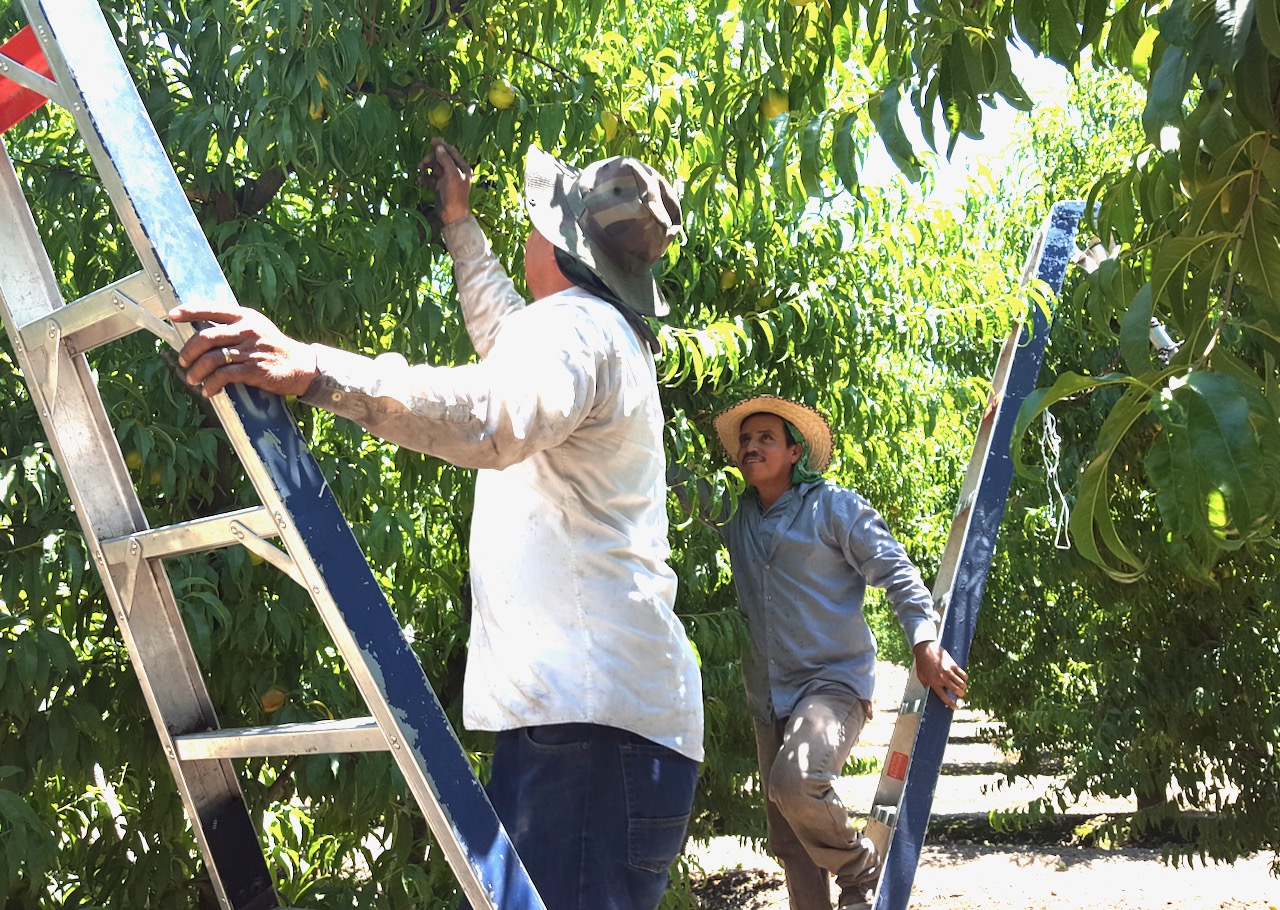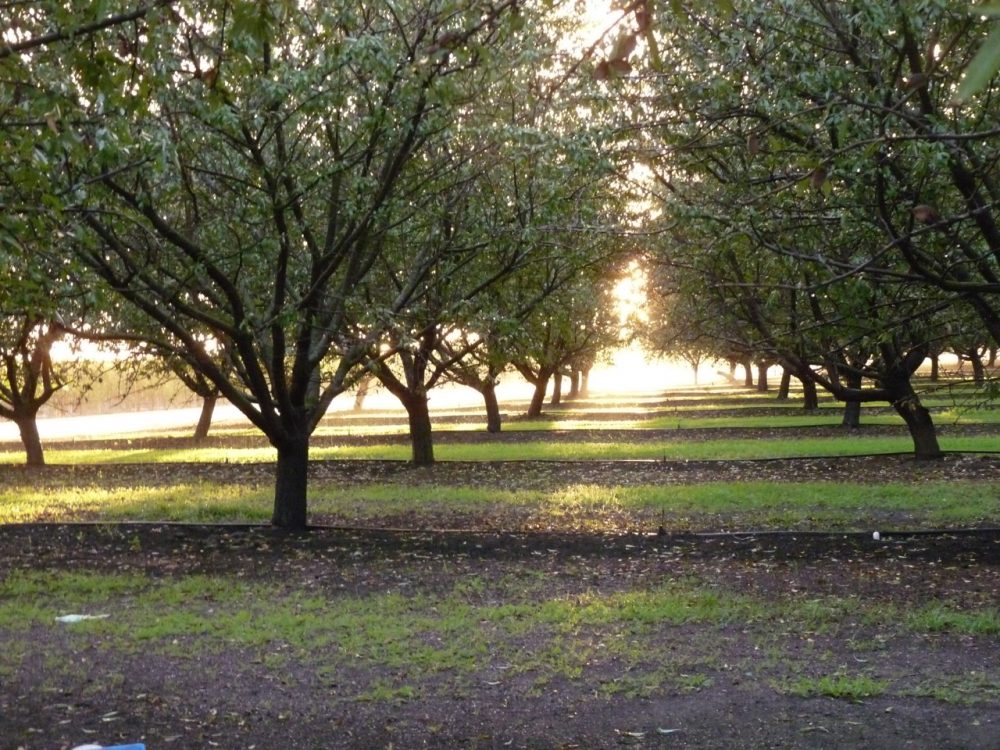Senate Action Urged Regarding Ag Labor Crises
Agriculture Workforce Coalition Urges Senate Action on Ag Labor Crisis
Following on the heels of a government-mandated increase in farmers’ labor costs, the Agriculture Workforce Coalition (AWC), a diverse group of organizations representing the needs of agricultural employers across the country, today urged the U.S. Senate to take up legislation to solve the agricultural labor crisis by calling attention to the dire labor situation facing our nation’s agricultural producers.
The Adverse Effect Wage Rate (AEWR) is the required wage rate for farmers who use the H-2A program and the Department of Labor today mandated an increase that will average 6% across the nation. The AWC told the Senate that the increase will make it difficult for some farms to continue operating, coming after a year of natural disasters, trade disruptions, low commodity prices and declining farm income.
In its letter, the AWC called on the Senate to take action to address critical agricultural labor issues. The coalition urges the Senate to consider the impacts of the AEWR on U.S. farmers and is asking for an alternative that will ensure a level playing field for farmers and ranchers making them more competitive with foreign producers.
Farmers who use the H-2A program to procure legal workers from other countries must comply with a complicated and expensive application process to assure that domestic workers are not displaced, though few U.S. workers are willing to take jobs on farms. Farmers are also required to provide free certified housing and transportation to and from guest workers’ place of residence. The AEWR implemented today will immediately increase farmers’ labor costs by an average of 6% while revenues for agricultural goods continue to diminish due to an influx of cheaply produced imports flooding American markets.
Over the last five years the AEWR has increased nationwide by 17% on average while revenues for fruits and nuts have increased only 3% and vegetables and melons have seen no revenue increases. While American farmers are required to pay their H-2A employees more and more each year, the U.S. continues to import more and more produce from Mexico and Central and South America, where workers are paid a fraction of U.S. wage rates.
The Agriculture Workforce Coalition is asking the Senate for a legislative solution that ensures the competitiveness of America’s farmers and ranchers, stabilizes the current U.S. agricultural workforce and provides guest worker program access to year-round agriculture sectors such as dairy, livestock and mushrooms.


















